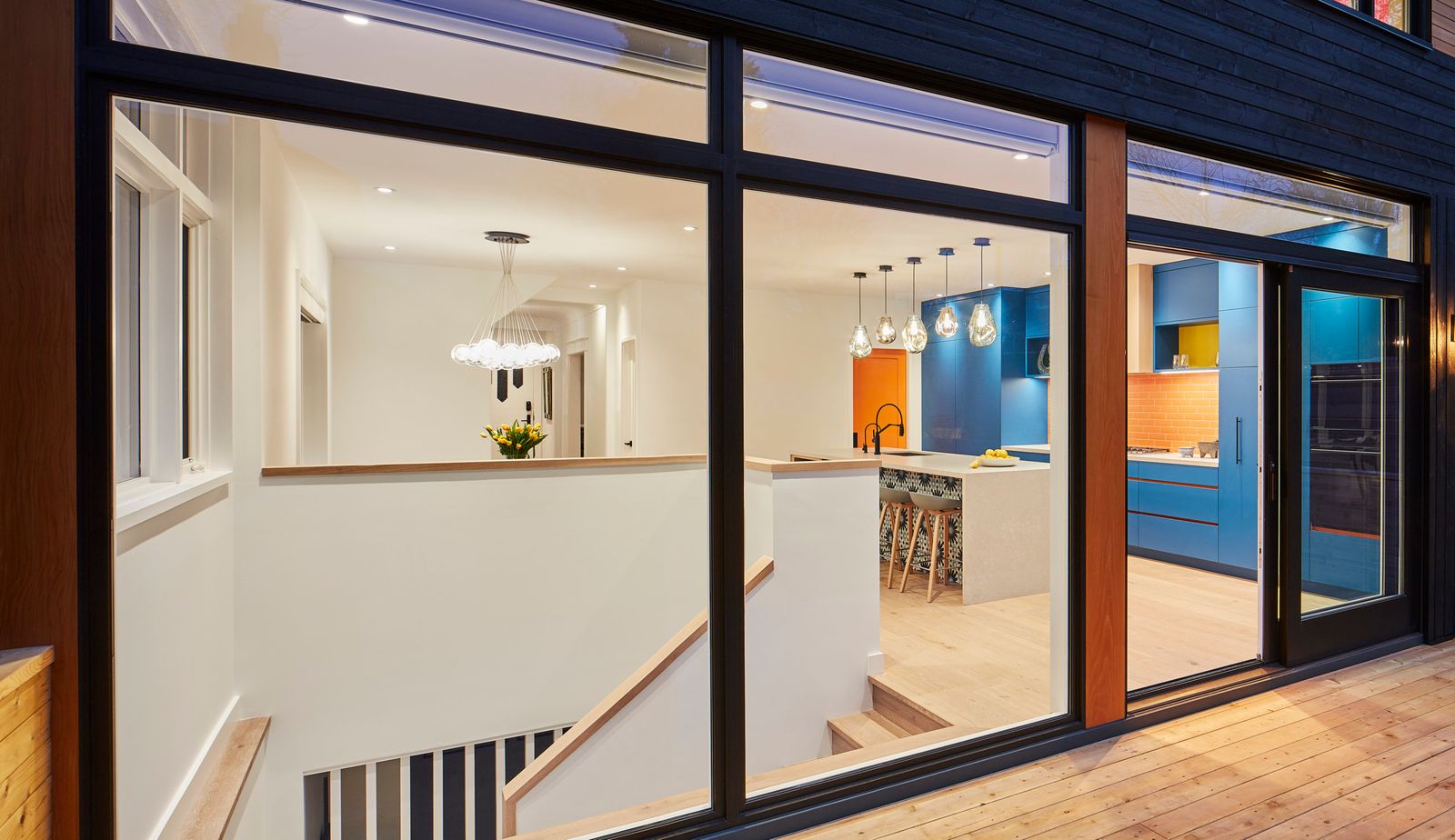
Understanding the Differences: Contemporary Vs. Modern Home Design
Oftentimes, when meeting with a client, an architect will hear design goals that include terms like ‘contemporary’ and ‘modern,’ except clients tend to use them interchangeably. After a series of follow-up questions, the architect might discover that a client envisions a contemporary home when they used ‘modern’ to describe it, and a modern home when they used ‘contemporary’.
It’s true that modern architecture has an influence on contemporary architecture, but there are some distinguishing characteristics and history that make them each unique. If you also struggle to differentiate the two architectural styles, read on to learn the characteristics of each and where they do, indeed, overlap.
Modern Architecture and Design
Much of the misunderstanding may simply come from the verbiage. The term ‘modern architecture’ does not have the same derivation as the terms ‘modern times’ and ‘modern technology,’ where the latter two phrases point to something that’s current.
Instead, modern architecture refers to a stylistic and social movement that happened during a specific period of time, much like the term ‘Victorian architecture.’ Modern architecture and design was at its peak from around the 1930s to 1960s and was a result of the Industrial Revolution but was born from the Bauhaus movement (which we won’t delve into here; but if you’re passionate about architecture like we are, it’s a rich history lesson).
With the wide availability of steel, reinforced concrete, and glass, and a dedicated focus on minimalism and simple forms, modern architecture took shape. The addition of natural materials makes these spaces more welcoming and comfortable.
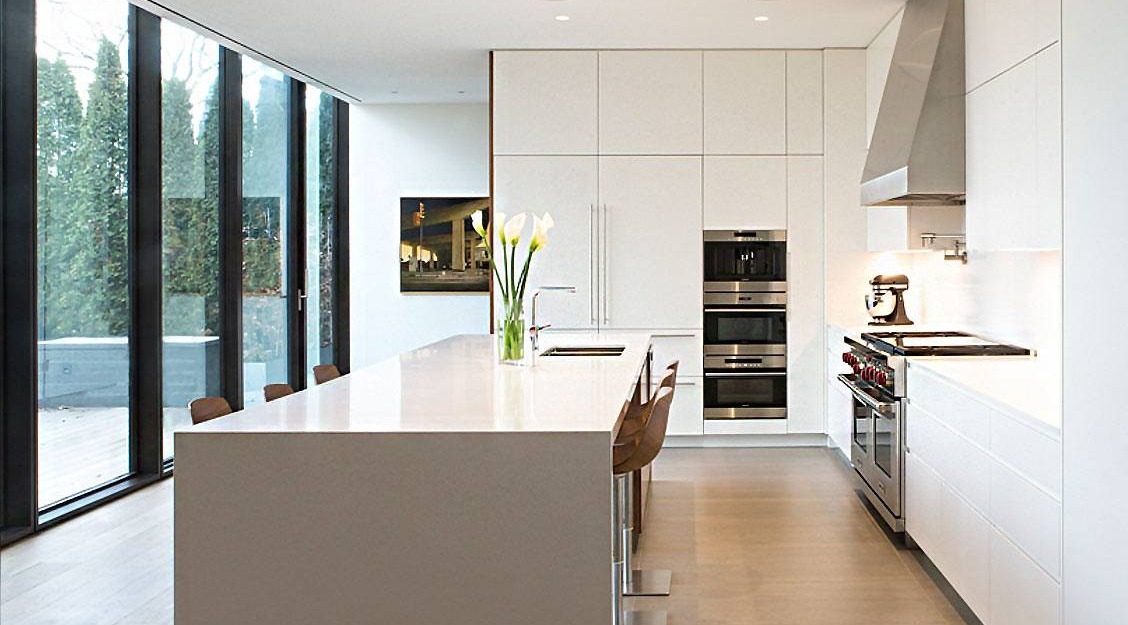 What Is a Modern Home?
What Is a Modern Home?
The modern home centres around the harmony of form and function, eliminating frivolity and architectural decoration for the sake of decoration. The tenets of modern architecture are minimalism, volume, and a balance of nature and industrial materials. The main characteristics of a modern home will include:
- Industrial materials: Steel, reinforced concrete, large plates of glass, and exposed mechanical systems
- Light-filled open spaces: Steel beams allowed for large open floor plans that traditional wood construction couldn’t support
- Natural materials: Natural wood, stone, and leather warm up the space and make it welcoming
- A nod to nature: Large panoramic windows, oversized eaves with lots of outdoor living space, interior water features, and breezeways
- Asymmetry and geometry: Right angles, large rectangular volumes that appear stacked perpendicularly
- Horizontal orientation: Flat rooflines with large overhangs
- Minimalism: Lack of ornamentation, like moulding, ornate railings, elaborate light fixtures, etc.
Well-known examples of modern homes are The Fallingwater House by Frank Lloyd Wright and the Barcelona Pavilion by Ludwig Mies Van der Rohe.
An additional note: Mid-century modern architecture followed modern architecture and has its own set of design rules, making these terms not interchangeable as well. Mid-century modern design favours a bit more decoration rather than strict minimalism, which is what makes it so popular with homeowners today.
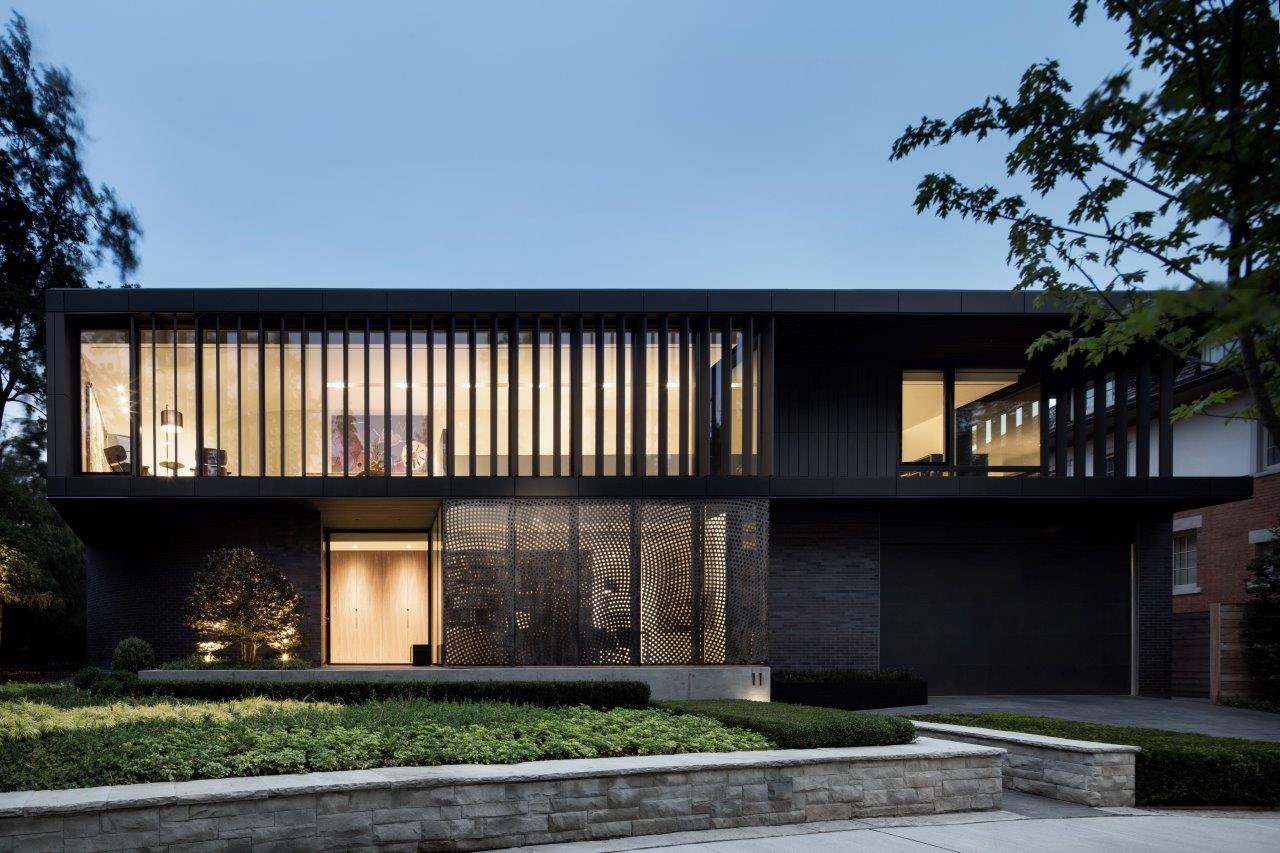 Contemporary Architecture and Design
Contemporary Architecture and Design
Contemporary architecture and design aren’t tied to a specific movement but are instead something much more fluid. The term ‘contemporary’ is much more true to the meaning of the word than ‘modern’ in the architectural sense. Because of this, contemporary architecture reflects current trends while borrowing past design movements, making it more ambiguous.
So, contemporary architecture does borrow a bit from modern architecture by way of minimalism, some angularity, and a lack of ornamentation. However, contemporary architecture is known to showcase some flare through colour, global influences, and organic shapes.
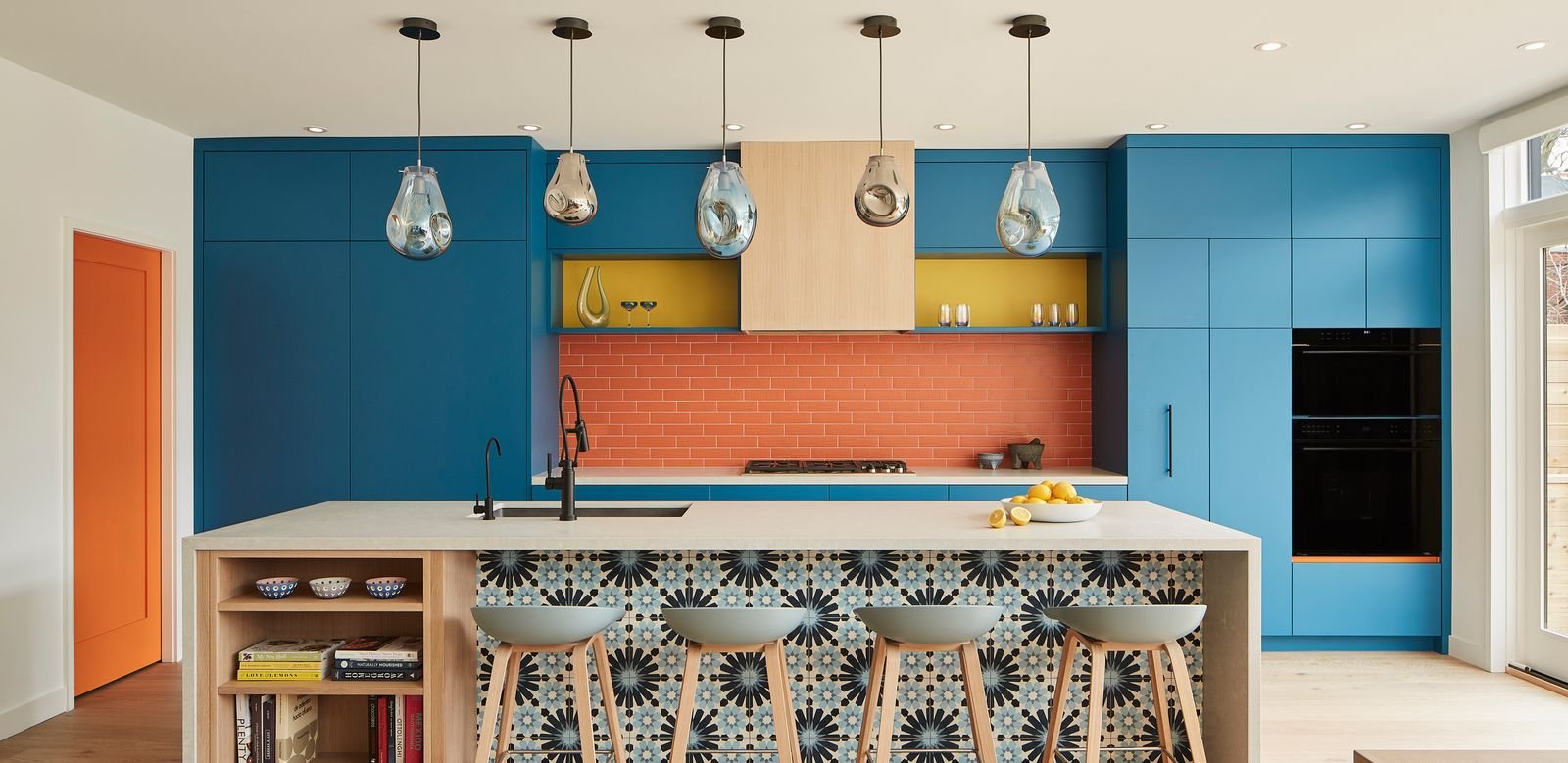 What Is a Contemporary Home?
What Is a Contemporary Home?
Because contemporary home designs resemble what’s popular at the time, it just so happens that contemporary homes also feature some similar characteristics as modern homes, like:
- Light-filled open floor plans: Today’s homeowners prefer open floor plans
- A mix of natural and industrial materials: Natural textiles and building materials, but used in both the architecture and its furnishings, which adds more texture and detail than in modern homes
- Bringing nature indoors: Through retractable glass walls and outdoor living areas right off of interior living areas
- Geometry: Contemporary goes beyond angles, however, to include rounded walls and surfaces
Contemporary Design vs Modern Design
Although there are overlapping characteristics due to modern design continuing to be trendy, a contemporary home will have characteristics that you certainly wouldn’t find in a modern home. For example, contemporary architecture has gained a reputation for feeling cold. Bright white, grey, and black, in sleek material choices aren’t texturally inviting but do convey a chicness that has been considered a contemporary attribute for decades.
Although you will find plenty of examples of multi-story modern homes, a contemporary house won’t have the same focus on horizontality. Contemporary architecture is a bit more playful in terms of line, with sloping and pitched rooflines and interesting use of curves, making these homes look more sculptural.
Well-known examples of contemporary homes are the O House by Stuebi and Tröger and The Concrete Copper Home by South Architects. Famous contemporary architects include Zaha Hadid and Frank Gehry.
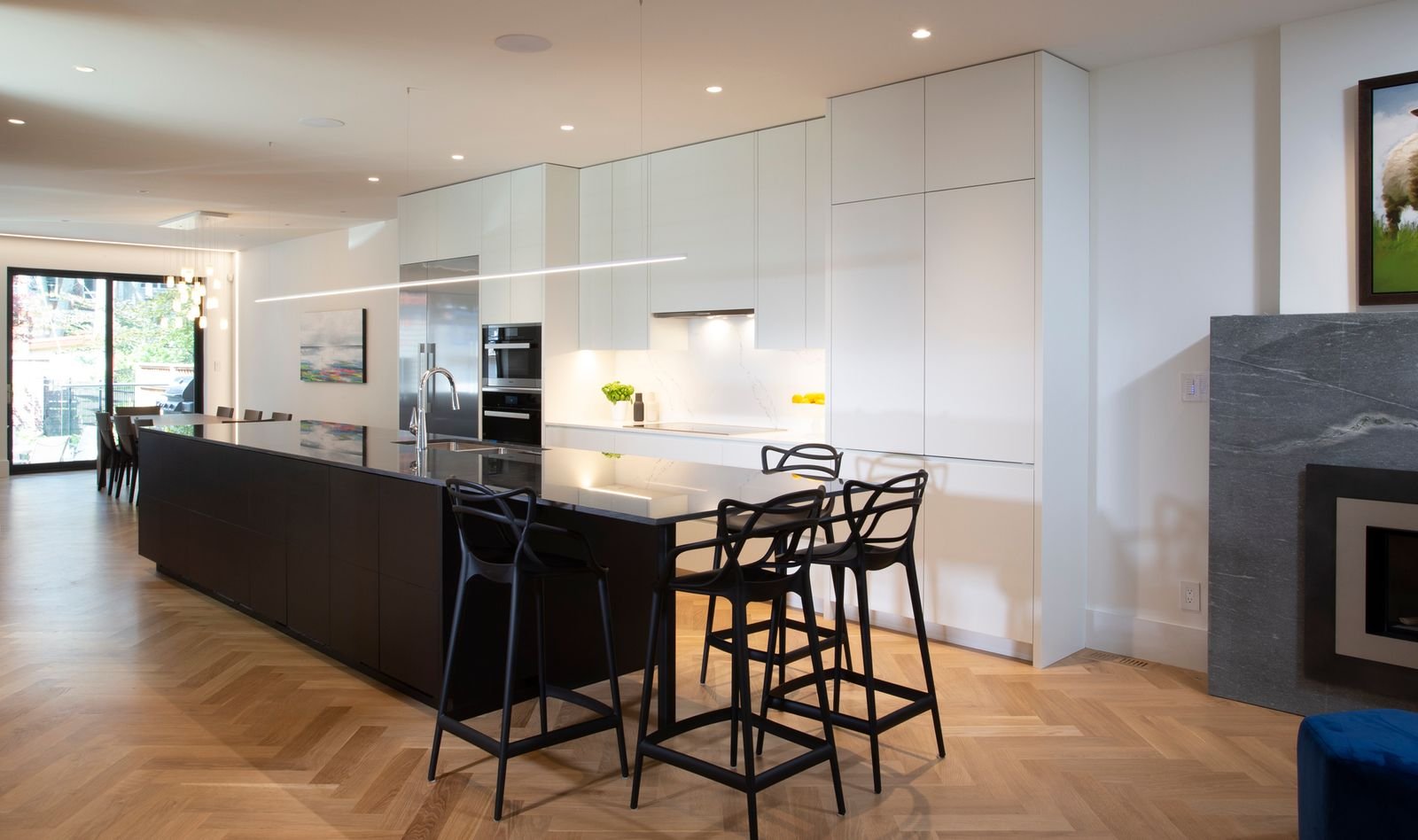 Contemporary or Modern: Your Custom Home of Choice
Contemporary or Modern: Your Custom Home of Choice
You don’t have to be an architecture scholar to know what you like. However, having the right vernacular does help when you’re pressed to describe your dream home to an architect or builder. When you’re ready to build your custom home (of any style) in Toronto, contact SevernWoods Fine Homes. We have a portfolio filled with a variety of home styles, including modern and contemporary styles. SevernWoods can help you find the architectural style that’s a perfect fit for your custom luxury Toronto home.


